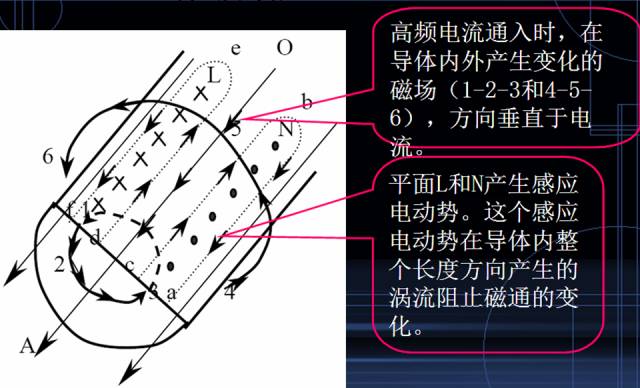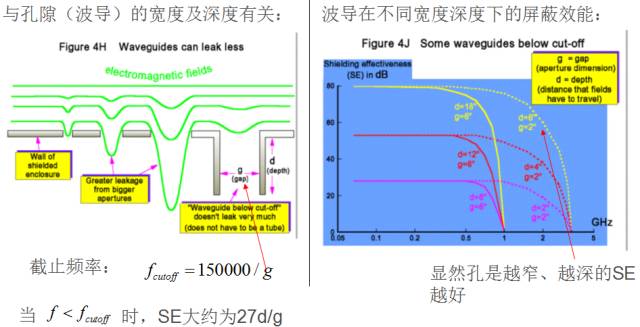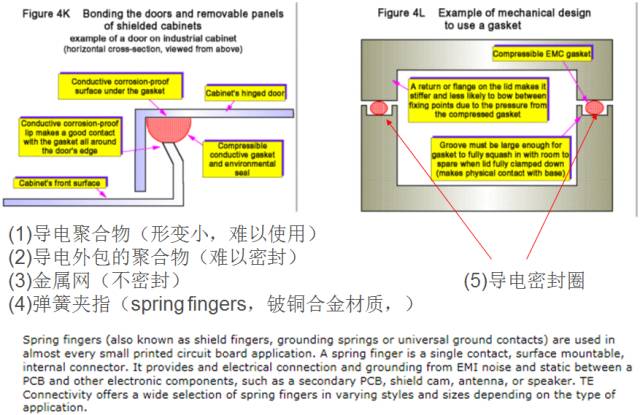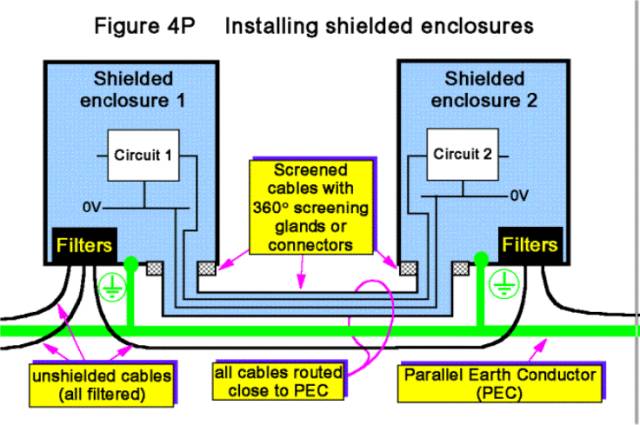Read the shell EMC shielding technology
1. The Commercial Necessity of Shielding
The author emphasizes an important concept: shielding should be considered early in the planning phase of a project to minimize costs. Waiting until problems arise and then addressing them often leads to higher expenses. Shielding can increase both cost and weight, so it’s better to use alternative EMC methods that reduce the need for extensive shielding.
When designing a PCB, two key points should be kept in mind:
- Keep wires and components as close as possible to a large metal plate (not necessarily the shield itself).
- Position electrical components and wiring near the ground plane to reduce interference between layers and help absorb some electromagnetic noise. Even if shielding is needed, this approach can reduce the required shielding effectiveness.
2. The Concept of Shielding
Shielding acts like a filter on the path of electromagnetic waves, creating high impedance for certain frequency bands. The higher the impedance ratio, the better the shielding performance. For general metals, a thickness of 0.5mm provides good shielding at 1MHz and excellent results at 100MHz. However, thin shields may not be effective at frequencies below 1MHz or around apertures. This article focuses on such challenges.
3. Large Spacing and Rectangular Shielding are Better
Increasing the spacing between circuits and shields helps reduce interference. A rectangular or irregular shield shape avoids frequency resonance, which is more likely with square shapes. However, since internal components affect the actual resonance frequency, there's usually no need to worry too much about this.
4. Skin Effect

Skin depth is defined as the distance from the surface where the current density drops to 1/e (approximately 0.368) of the surface value. It depends on the material’s magnetic permeability (μ), conductivity (γ), and temperature coefficient (K). At higher frequencies, skin depth decreases, making the effect more pronounced.
For shielding, shallow skin depth is beneficial because it allows thinner materials to block more frequencies. For example, at 50Hz, the skin depth is 5–15 mm, making it hard to shield effectively. For general applications, 1mm of low-carbon steel or 1µm of galvanized coating is sufficient.
5. Apertures
A perfectly sealed shield can achieve up to 100dB attenuation at 30MHz. But real-world shields have gaps, which act like antennas and reduce shielding effectiveness. An aperture behaves like a half-wave slot antenna, and its impact on shielding depends on its size relative to the wavelength. For instance, a 10mm diagonal hole at 30MHz results in about 54dB of attenuation.
To achieve 40dB shielding, conductive washers and spring clips are commonly used. Care must also be taken with component placement, data bus proximity to openings, and slit design.
6. Shielding Low-Frequency Magnetic Fields
High-permeability alloys like amorphous alloys or permalloy can be used to create effective magnetic field shields, significantly reducing their impact.
7. Waveguides

8. Washers
Conductive washers are used to seal gaps and provide reliable contact. They are durable, resistant to corrosion, and can withstand deformation under pressure.


9. Shielding of Visible Components

10. Ventilation Hole Shielding
Ventilation holes are typically made using two methods:
- Metal mesh (like honeycomb aluminum)
- Waveguide structures
11. Painted or Plated Plastic
Plastic casings are popular due to their aesthetics and lightweight. Conductive coatings are applied to the surface, but these are thin (micron-level) and may not offer strong shielding. In Class II appliances, this can increase the risk of electrostatic discharge (ESD). Class II appliances use double or reinforced insulation and do not require grounding.
12. Non-Metallic Shielding
Materials like carbon fiber or conductive polymers can be used, but their shielding effectiveness is generally lower than that of metals.
13. Shield Installation

14. Board-Level Shielding

Fork Type Connecting Terminals
Fork Type Connecting Terminals,Terminals,Connecting Terminals
Taixing Longyi Terminals Co.,Ltd. , https://www.txlyterminals.com